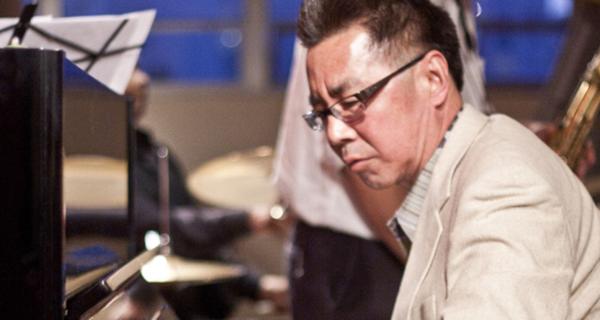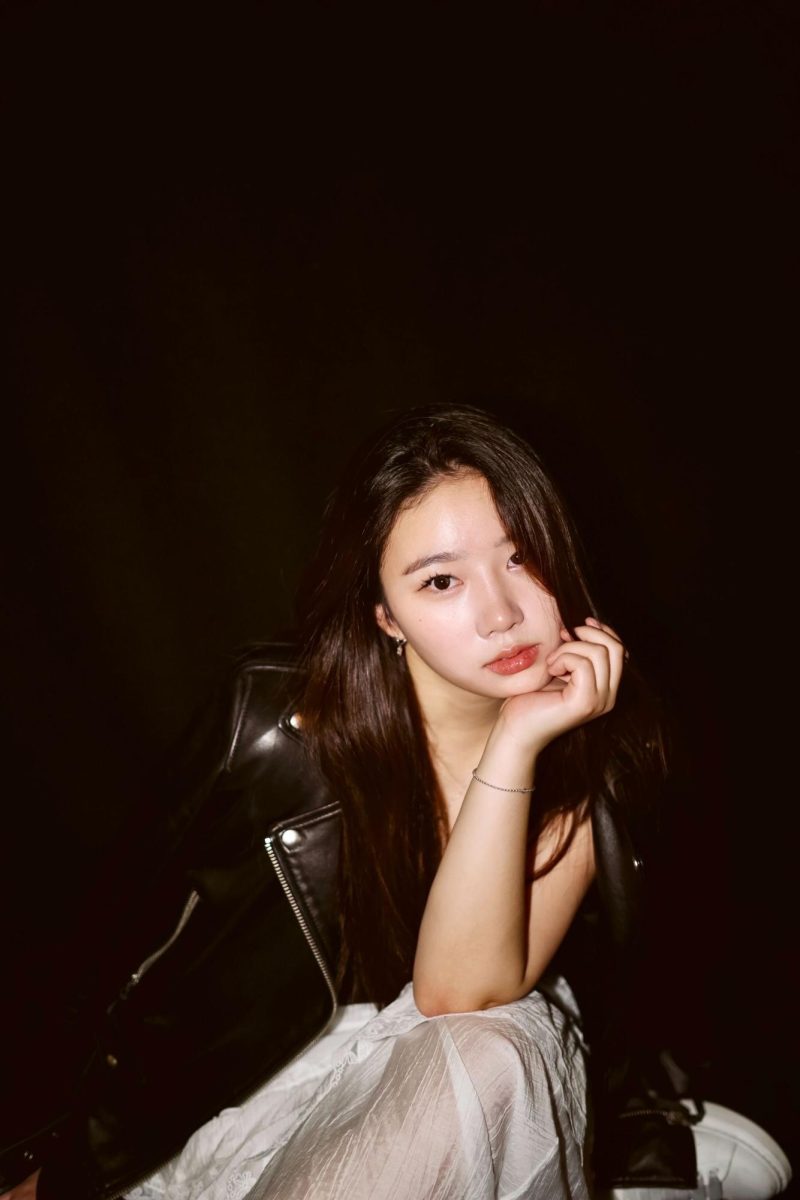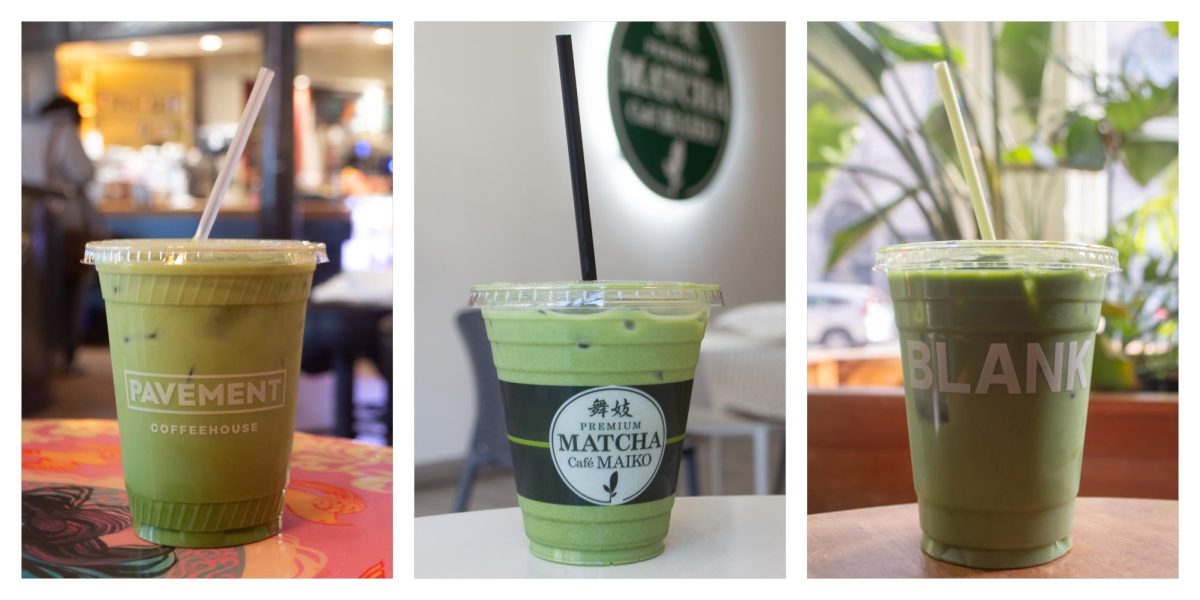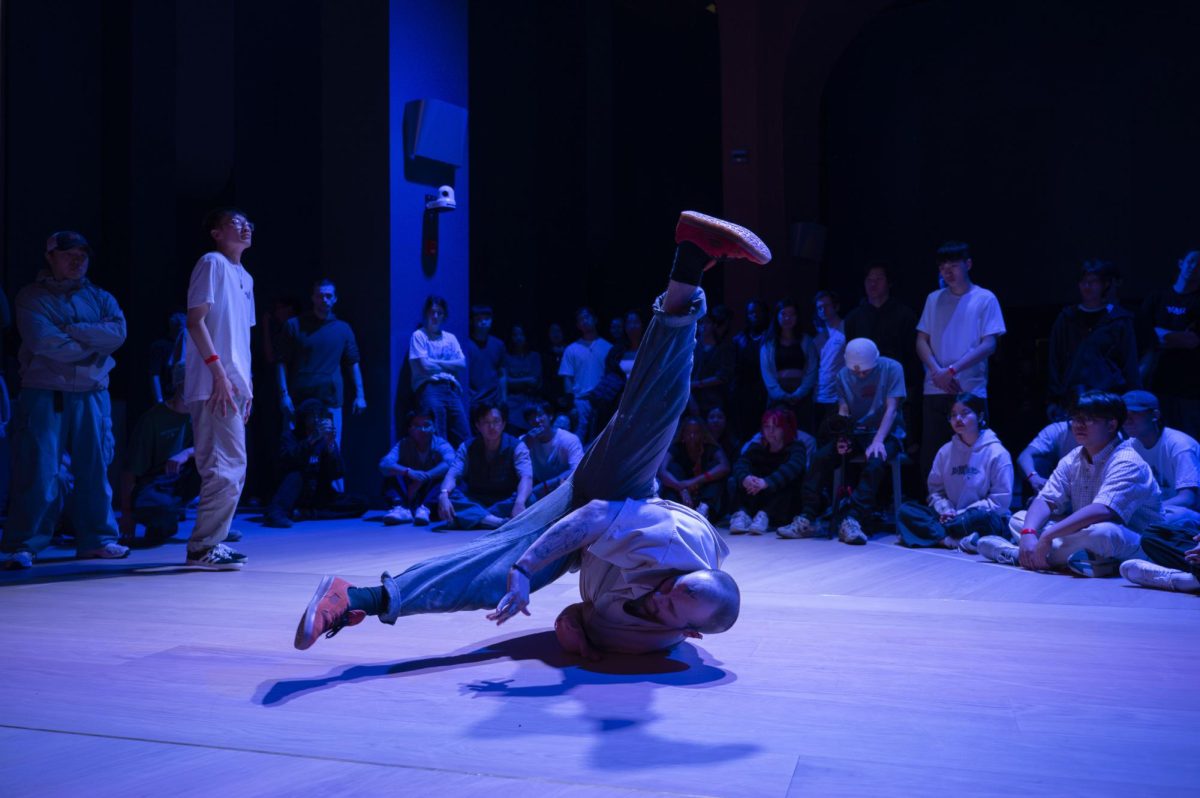By Caroline Boschetto, News Correspondent
In the battle against racism, music is Jon Jang’s weapon.
The Chinese-American composer, performer and civil rights activist spoke at Northeastern University (NU) last Thursday about the intersection of race and music, particularly for African-American and Asian-American cultures. The event, held in Ryder Hall, was organized by professor of Asian-American music Susan Asai in coordination with the African-American and Asian-American Studies programs.
In his presentation, Jang spoke about seeing African-American jazz musician Rashaan Roland Kirk perform in 1973, which inspired Jang to leave college to pursue music.
“That transformed me. I was baptized into music,” he said. “I dropped out of [University of California at] Berkeley right after that June concert and started piano at the age of 19.”
Jang participated in racial advocacy in the ‘70s and ‘80s through the Marxist-Leninist League of Revolutionary Struggle. He also composes and performs works targeting themes of racial inequality and the history of racial minorities. In 2007, the San Francisco musician composed “Chinese-American Symphony,” making him the first American-born musician of Chinese heritage to compose a symphony honoring Chinese-American history.
Jang also described the discrimination against black music, which was his early stylistic focus, in America in the late 20th century.
“I was developing this kind of understanding about arts apartheid […] where 18th- and 19th-century European classical music was dominant,” Jang said. “There was this sort of subtle – or not-so–subtle – arrogance towards black music.”
Jang mentioned artists and activists who inspired his racial advocacy work, including Martin Luther King, Jr., Malcolm X, Bob Dylan, Bruce Lee and others.
“Black music is the only area in America where black people are free to create, and they have mastered it,” Jang said, paraphrasing Malcolm X. “If black people are given intellectual independence, they can create a society that has never been invented.”
The presentation featured various music and video clips, including one of a martial arts scene from the Bruce Lee film “Enter the Dragon.” Jang emphasized the quote “emotional content, not anger,” saying that this concept applies to his philosophy as a musician and activist.
Students were the speaker’s main attendees, many of whom nodded their heads and tapped their feet during Jang’s music clips.
“I never really thought of activism and music together for me personally, but after hearing Mr. Jang speak […] it’s something I would definitely consider doing,” Northeastern senior music history and analysis major Taylor Smith said.
Jang described instances of racial oppression and violence that he addressed in his music. In 1984, he recorded “Are You Chinese or Charlie Chan?” as a statement about the Charlie Chan film series in which a white man was cast as the Asian lead. The song also served as a protest against the murder of Chinese-American Vincent Chin. Chin was killed by white auto workers, who blamed the Japanese for America’s struggling automobile industry.
Jang continues to speak out against racial violence through his work. He said that this year he was commissioned to compose a piece titled “Can’t Stop Cryin’ for America: Black Lives Matter!” to honor the victims of racial violence and police brutality in America.
Alex Kim, a third-year music technology and composition major, said that he found Jang inspirational because he shares his passion for music, activism and Asian-American issues.
“[Jang] is someone who, in his youth, spent a lot of time in the trenches in terms of collegiate civil rights activism,” Kim said.
Asai talked about Jang’s use of purely instrumental music as a medium for advocacy.
“[Music] has been an important vehicle for social and political expression,” Asai said. “Lyrics help communicate ideas, but sometimes music has a certain energy and, depending on the context, you don’t need to have lyrics… the context itself speaks for the music.”
Asai also spoke of Jang’s use of jazz along with symphonic, gospel and Asian music styles to produce an original sound.
“Jazz is quite an open form, so you can create some interesting hybrid music with it,” she said.
Asai offered her perspective on America’s race relations as well.
“The problem is the racial dialogue in this country is between black and white,” Asai said. “Asians are not part of that conversation. Neither are Latinos. So there’s a certain invisibility that goes along with that.”
Asai said that the attention Jang’s works bring to Asian-American history is important because this narrative is rarely presented elsewhere.
“A lot of people don’t even know about the concentration camps for Japanese-Americans during World War II,” Asai said. “That history has been spotty in textbooks and in classrooms.”
Jang continues to work to improve diversity in music, even within his own ensembles.
“My ensembles in the ‘80s were predominantly men, but I’m trying to change that and I’m also trying to include young people,” he said. “The role of the artist is to interpret the past, define the present and to imagine the future.”
Photo courtesy Northeastern Center for the Arts









